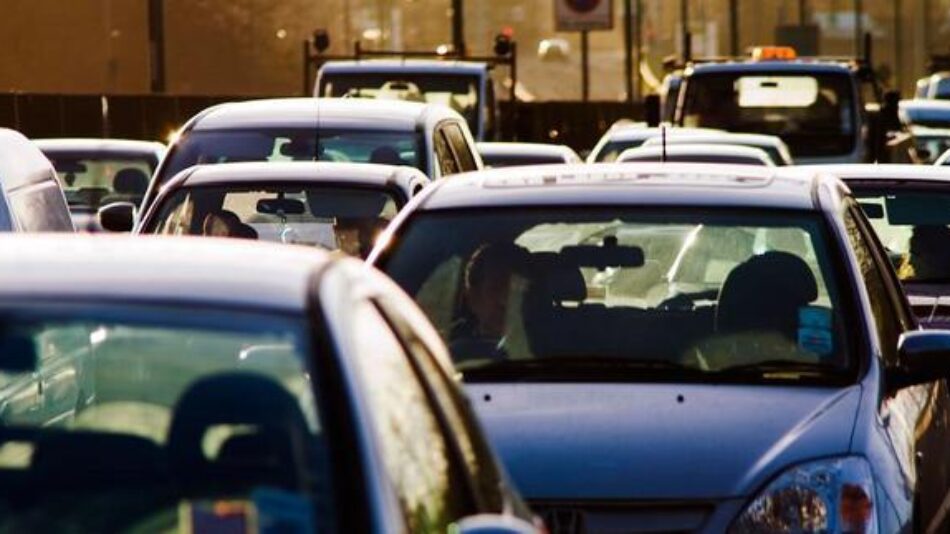

The impact of gridlock is not just wasted time, but also clogging up our air with pollution and the carbon emissions pumped out by traffic. But solutions to this problem, while well-known and evidenced, produce much hand wringing and dithering from too many of our politicians.
This was a problem that was out of control before the covid crisis. The incumbent Mayor has talked about London’s roads and his “aspirations to tackle London’s problems of congestion and poor air quality”. Once covid hit, this became even more urgent. With Londoners seeking to maintain social distancing and avoid public transport, there is still a risk that the ~50% of Londoners who have access to a car will use it more. Adding to the jammed up roads, adding to the pollution and emissions.
The gridlock on our roads is governed by two key concepts. The first is ‘induced demand’, where when the supply of something increases, people use it more. So building more roads or adding lanes to existing ones solves the congestion problem temporarily, but soon more people will be taking advantage of the new and wider roads and the gridlock problem is back to square one.
Which is where the sister concept of traffic evaporation comes in. By reducing road capacity, congestion doesn’t get worse, thanks to a phenomenon called ‘traffic evaporation’ – where many of those who would otherwise be part of traffic find other means for their journeys, like walking, scooting or cycling, choosing another time or not making those journeys at all.
This is why schemes like Low Traffic Neighbourhoods (LTNs) and protected cycle tracks are so important to reducing congestion, and why so many we introduced in response to covid. By making cycling safer and enjoyable, providing routes about the city, it enables Londoners to choose to walk and cycling instead of taking the car.
A complementary way to deal with it, along with all the right incentives for active travel is to use smart road user charging. The Congestion Charge (CC) has been extremely successful in discouraging people to drive into central London, which has improved air quality and safety. Now picture a 21st century CC: by adding layers of costs to driving many would think twice before jumping in the car for some journeys. This is how it could work:
The next mayor should create a high quality cycling network that enables many more to cycle, while also introducing smart road user charging to encourage people to question if the car is the best options for their trip.
They must tackle deathly air pollution and help Londoners live healthier lives by transforming our streets. It would be an action compatible with the Climate Emergency we’re in and compatible with achieving zero carbon roads by 2030. We need our next Mayor to deliver this.
Mayoral candidates Sian Berry and Louisa Porrit have already pledged. Shaun Bailey and Sadiq Khan are yet to. We need to keep on pressuring candidates to commit to carbon zero roads by 2030.
You can write to all candidates today and ask them to sign our pledge.
“Measure the love for your city by the life in its streets. Reclaiming 25% of car space can liberate the walkable, bikeable, transit-friendly city we lost between the lanes. Answering the challenge will take leadership and a commitment to putting our streets where our values are. ”
– Janette Sadik-Khan, former head of transportation for New York City

Decision time
Green Recovery or Climate Crisis? Clean Air or Lethal Pollution? Active Travel or Gridlock. The next mayor will decide London's future - email the candidates to demand action now.